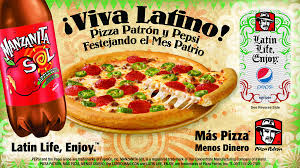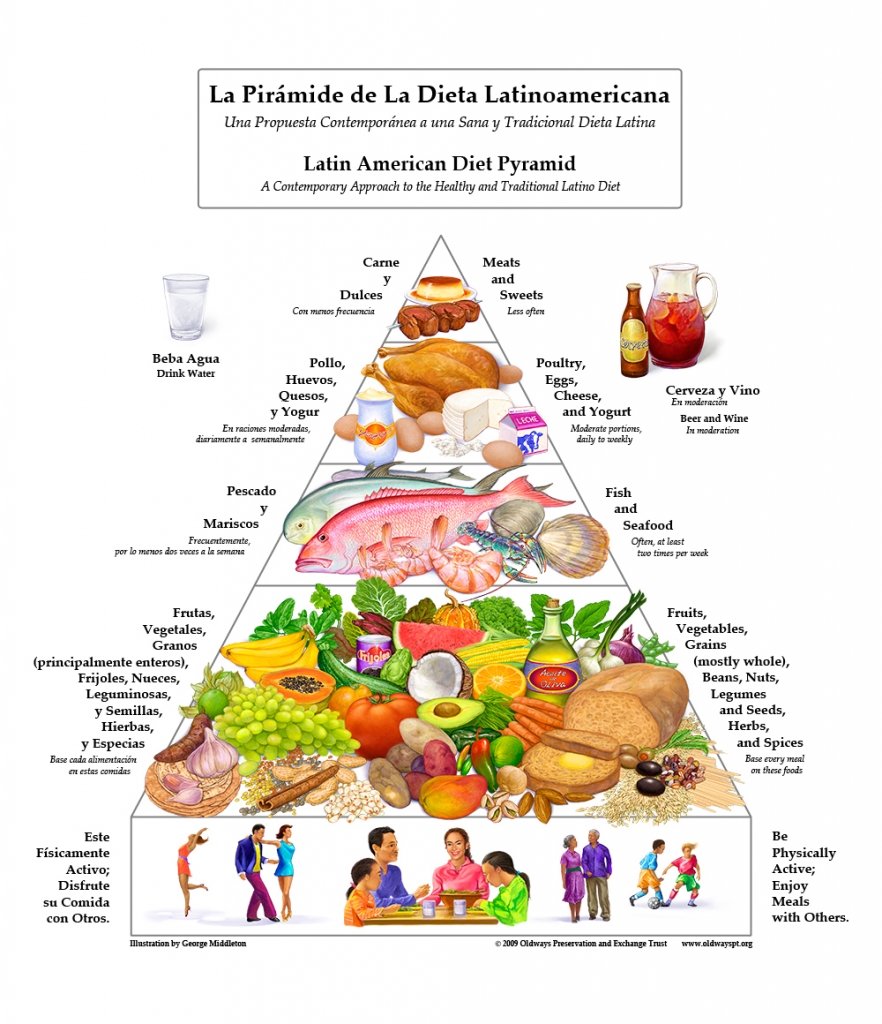How Attached Are Latino Immigrants to Their Native Country?
Most Latino immigrants maintain some kind of connection to their native country by sending remittances, traveling back or telephoning relatives, but the extent of their attachment varies considerably. Only one-in-ten (9%) do all three of these so-called transnational activities; these immigrants can be considered highly attached to their home country. A much larger minority (28%) of foreign-born Latinos is involved in none of these activities and can be considered to have a low level of engagement with the country of origin. Most Latino immigrants (63%) show moderate attachment to their home country; they engage in one or two of these activities.
Between Here and There: How Attached Are Latino Immigrants to Their Native Country?
Latino immigrants who have been in the U.S. for decades and those who arrived as children are less connected than those who arrived more recently or migrated as adults. There are also significant differences by country of origin, with Colombians and Dominicans maintaining more active connections than Mexicans, and with Cubans having the least contact.
Whether Latino immigrants maintain active, moderate or limited connections is an important marker of their attitudes toward the U.S., their native country and their own lives as migrants. Those with the highest levels of engagement have deeper attachments to their country of origin than immigrants whose connections are less robust. They also have more favorable views of their native country in comparisons with the U.S. Nonetheless, a clear majority of even these immigrants see their future in the U.S. rather than in the countries from which they come.
Most Latino immigrants reveal moderate levels of engagement with the home country–both in the extent of their transnational activities and in their attitudes. They maintain some connections to the country of their birth through such activities as sending money or phoning regularly. And their opinions blend optimism about life in the U.S. and positive evaluations of some aspects of American society (notably political traditions) with less favorable comparisons to their native land on other aspects (such as morals). Their attachments and identities are a mix of views that might be expected of people navigating an emotional terrain that encompasses two nations. That mix differs in several important respects, with people who have been in the U.S. longer being more ready than recent arrivals to declare this country their homeland and to describe themselves as Americans.
The Pew Hispanic Center’s 2006 National Survey of Latinos collected data on a variety of transnational activities and a wide range of attitudes and beliefs. This report is based on a new analysis of that survey data, which for the first time examines the extent to which Latino immigrants with different characteristics maintain connections to their native lands and assesses how different levels of transnational activities are associated with an immigrant’s views on key subjects. The analysis thus explores the question of whether maintaining connections to a country of origin is associated with more positive or negative views of the U.S., a greater or lesser sense of attachment to this country and a stronger or weaker sense of identity as an American.
Source: Pew Hispanic Center – Roger Waldinger, University of California, Los Angeles









